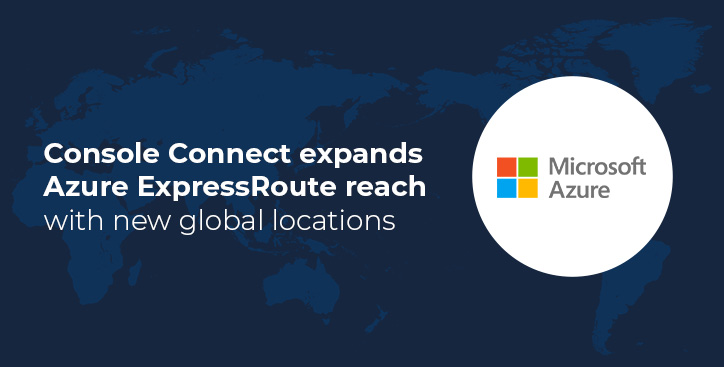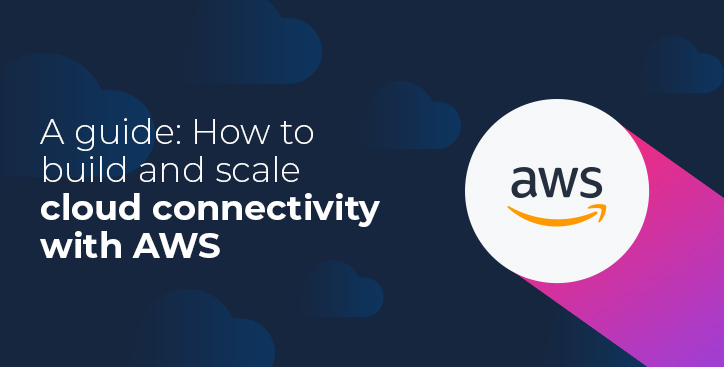Adopting a multi-cloud strategy is common for many businesses as it promises flexibility in managing their data. However, this isn’t without complexity especially when it comes to networking. In a recent podcast episode, Trent Blakely and Jay Turner unpacked some of the most frequently missed challenges that come with multi-cloud deployments. If you’re connecting AWS, Azure, and Google Cloud together and shifting workloads between them, there are several networking quirks and limitations to watch out for.
Let’s dive into what those are and how to spot them before they cause a problem.
1. The 100-prefix limit surprise
When you connect Azure and AWS, one of the earliest issues you're likely to hit is Amazon’s limit on advertised prefixes. AWS imposes a hard cap of 100 prefixes per peering connection, and when you go over it… well, AWS doesn't warn you. It simply drops the connection.
This limit on VPC peering often catches teams by surprise, particularly in Azure-to-AWS peering. It’s not just frustrating to debug, it can halt critical connectivity without any warning. The lesson? Keep a close eye on your prefix count and proactively architect your IP plan with AWS’s limits in mind.
2. All peering isn’t created equal
Another subtle challenge is how each cloud handles public and private peering. AWS and Azure both offer public and private peering options, whereas Google Cloud only allows private peering for intra-cloud VPC to VPC traffic.
That mismatch doesn’t always break things, but it does create friction especially when planning traffic flow, security policies, or monitoring tools that assume a certain kind of access.
3. No translator for permissions across clouds
Access control across the three clouds is far from standardised. Each platform has its own way of defining roles, identities, and policies – and there's no magic decoder ring to translate them.
You see a lot of issues where permissions get a little out of hand,” Jay notes. “People who shouldn’t have access end up with it - and people who need it don’t.”
This becomes especially problematic when you’re migrating services or workloads across clouds. You can’t simply replicate IAM settings from one environment to another. Instead, teams must develop a deep understanding of each platform’s security model, or work with partners who do.
4. A tangled web of data sovereignty and compliance
Compliance is complex to navigate in single-cloud environments. When you add multiple clouds into the mix, things get even trickier.
Each cloud provider stores data differently, and even when configured similarly, the way you meet requirements like GDPR or DORA may still vary. For instance, honouring a user’s request to delete personal data might involve three very different procedures across AWS, Microsoft Azure, and Google Cloud.
The challenge for multi-cloud administrators is to ensure compliance frameworks are applied uniformly across clouds, despite the underlying differences.
5. One VM size does not fit all
Even basic infrastructure components, like virtual machines, don’t behave identically.
An "m5.large" VM in AWS isn’t the same as an "n2-standard-2" in Google Cloud or a "Standard_D2s_v3" in Azure. Differences in performance, IOPS, memory allocation, or cost can all lead to surprises when you lift-and-shift workloads.
That means migrating workloads between providers isn’t plug-and-play as you might think. “You may need to tweak those configs to meet the workloads requirements” says Jay. Some trial and error will be needed before things run smoothly which can add cost and complexity to migrations.
6. Connectivity redundancy isn’t consistent
Each cloud provider has its own approach to network resilience. For example, AWS typically requires two Direct Connect links for redundancy, while Azure might only need one ExpressRoute.
This inconsistency can lead to asymmetric architectures and unexpected failure modes if you're not careful. Understanding the topological nuances of each cloud is essential when building a resilient multi-cloud backbone.
So, how can you prepare?
We help customers navigate these challenges by surfacing the "gotchas" early. That might mean flagging the 100-prefix AWS limit, or bringing in a third-party specialist who understands how these clouds behave in the real world.
Knowing the quirks and pitfalls ahead of time is half the battle. The rest? Having the right tools in place to adapt, troubleshoot, and keep your network resilient.
Not sure how to simplify your multi-cloud connectivity? Let’s talk.
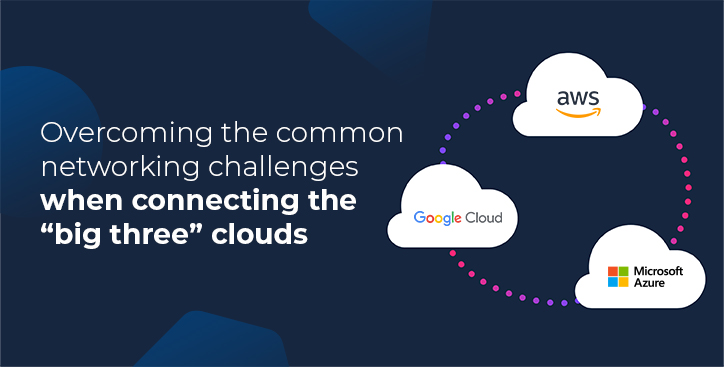

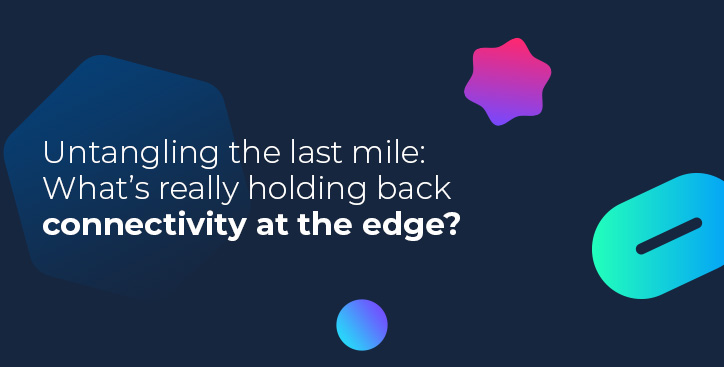
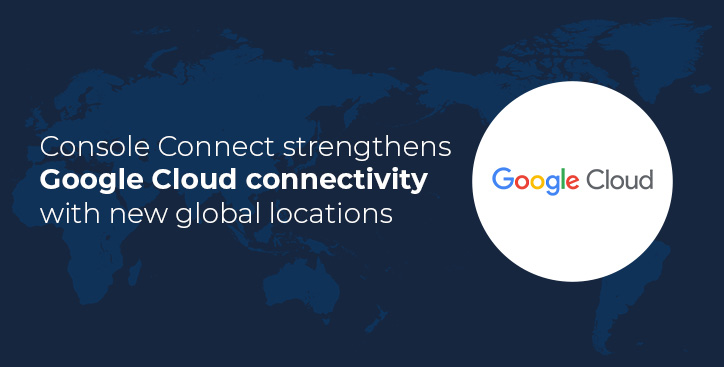
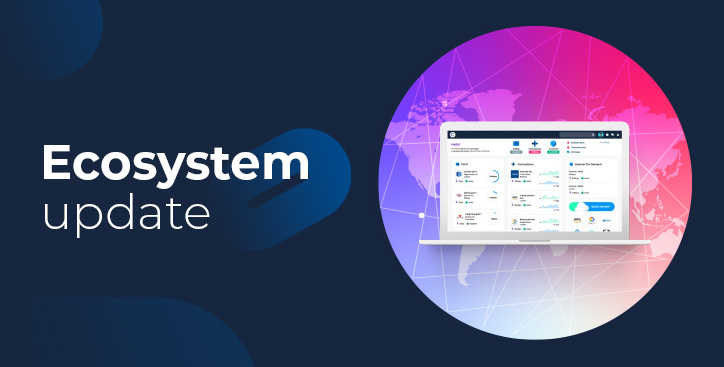
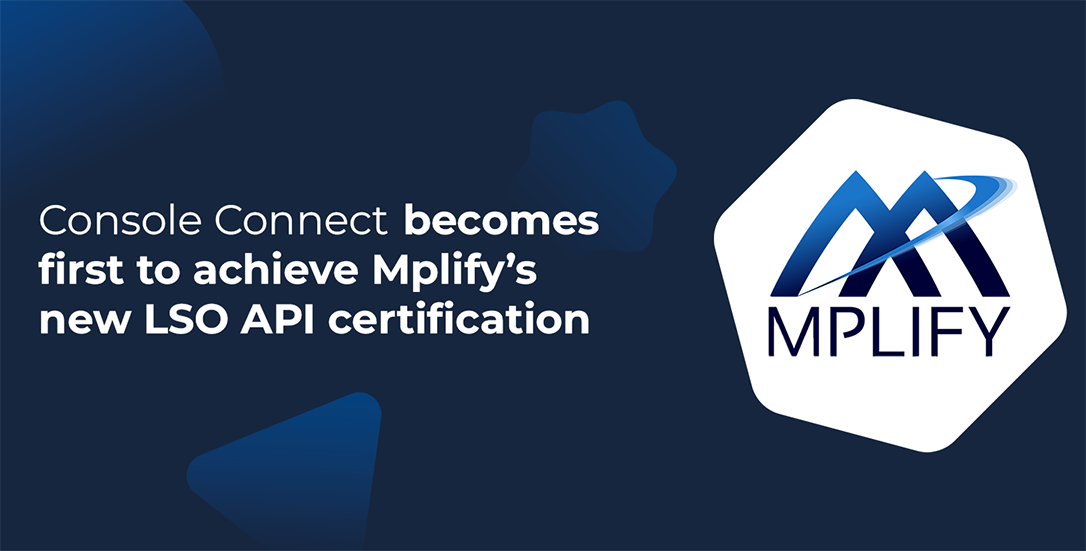
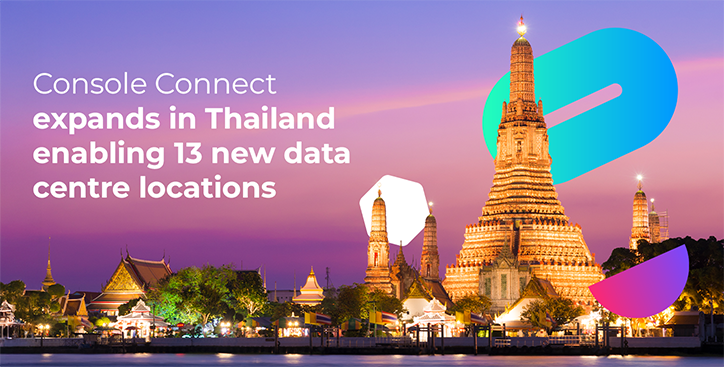
.jpg)
